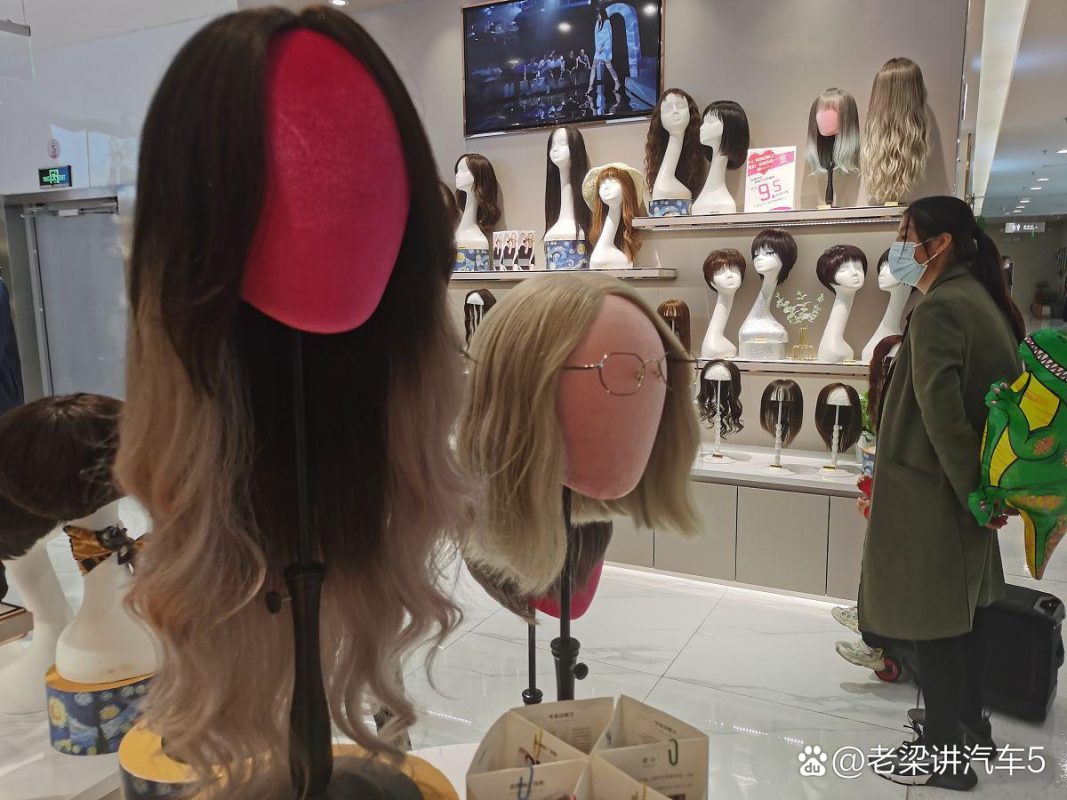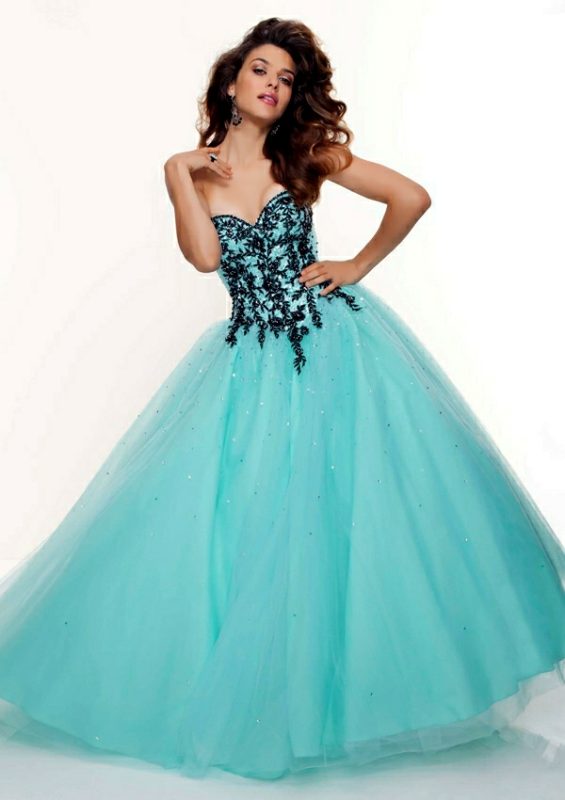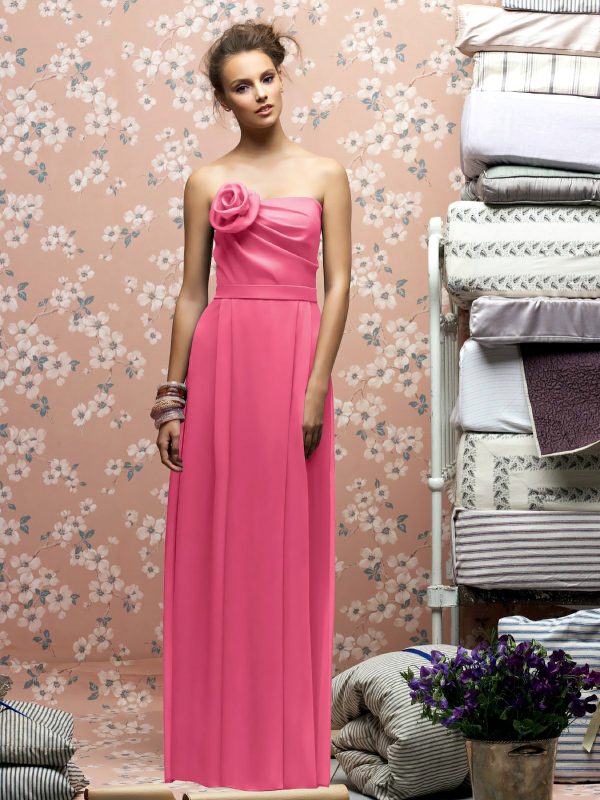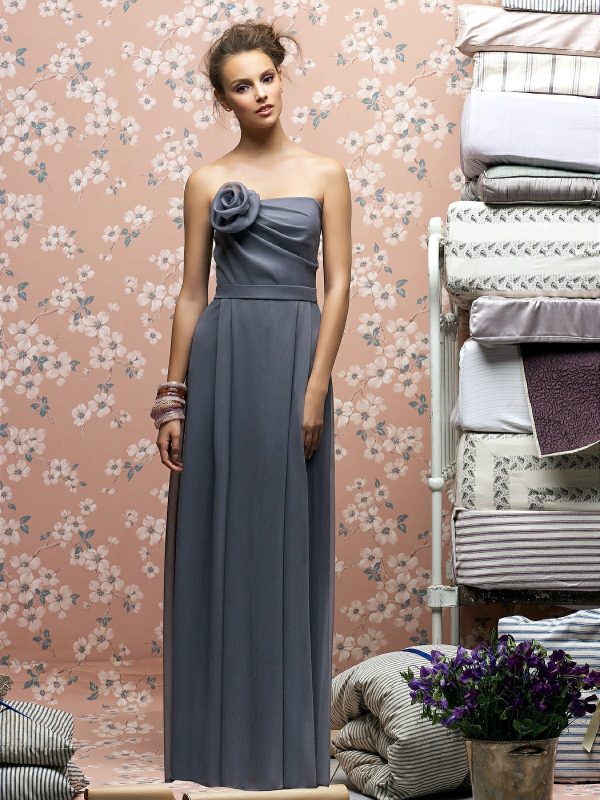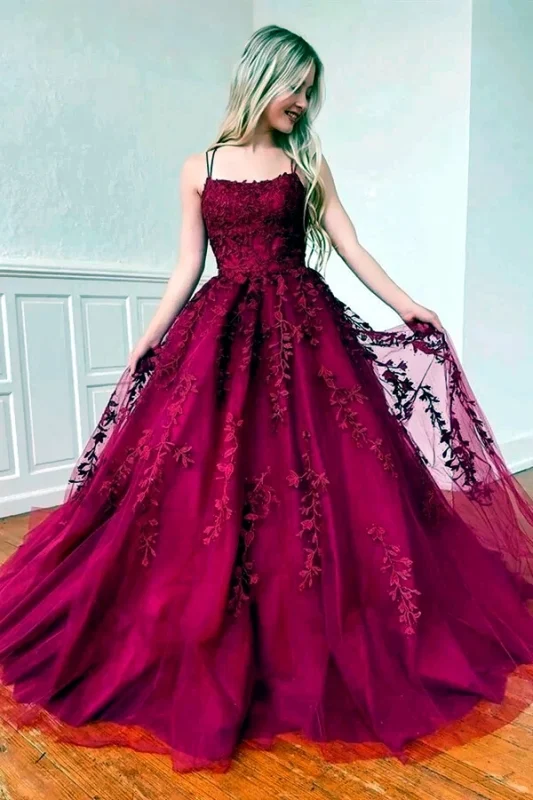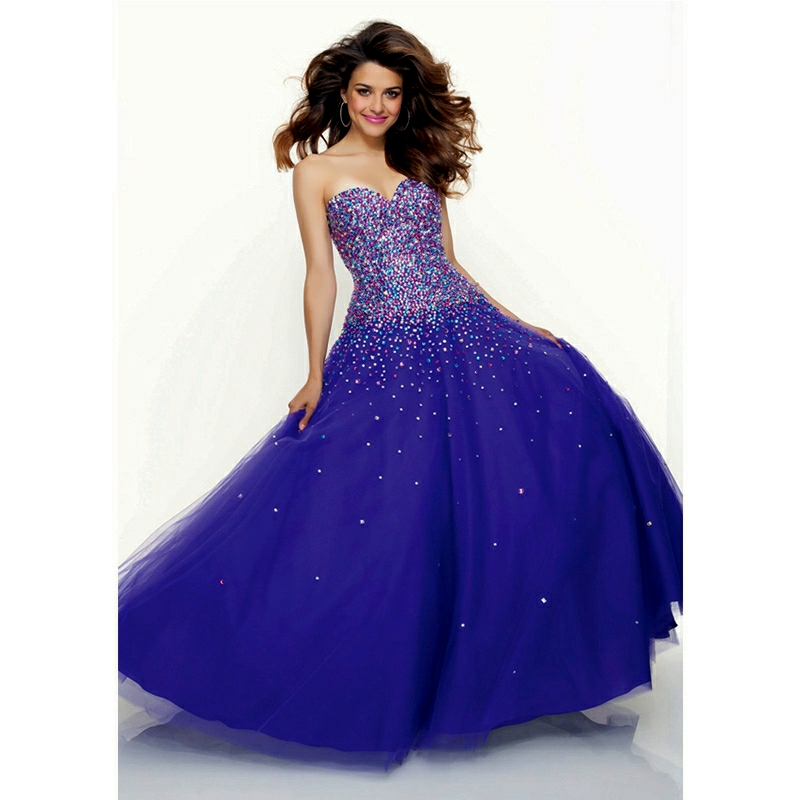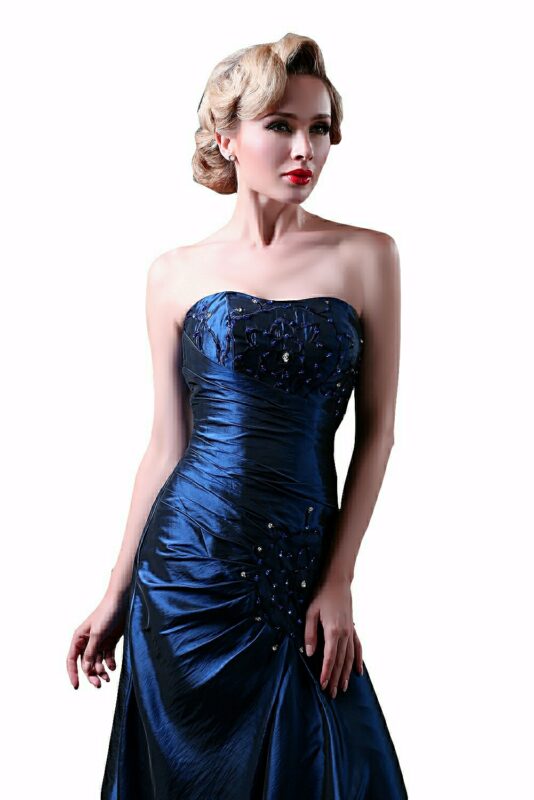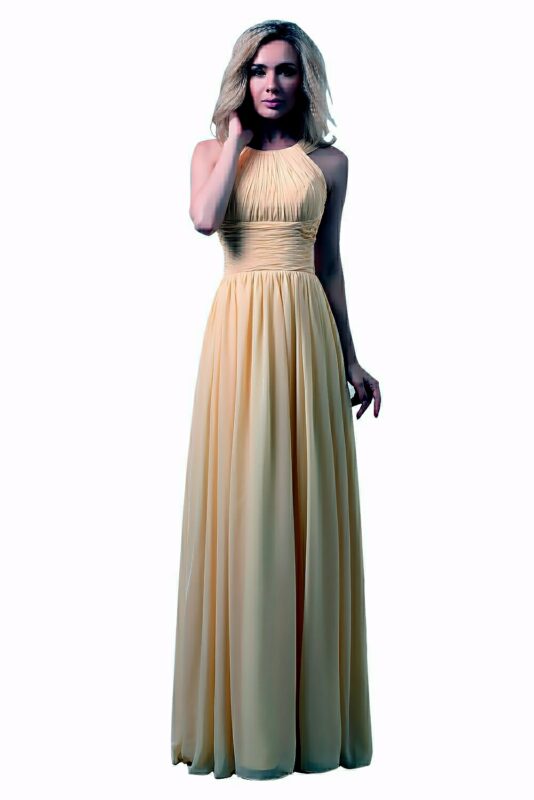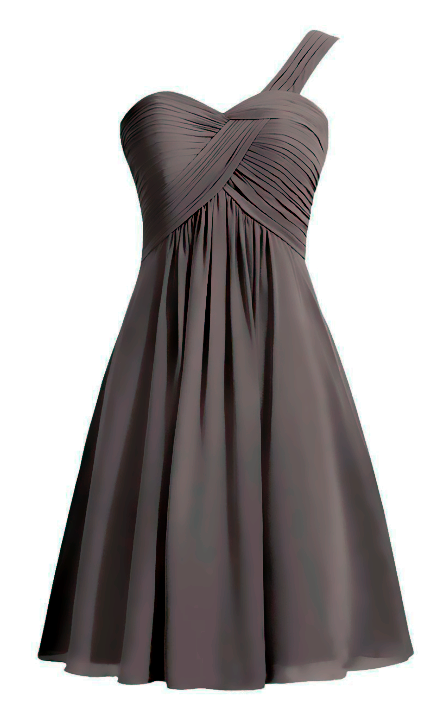Newladywigs Hair, a trusted leader in premium human hair lace wigs and extensions, unveils a new collection that blends natural elegance with everyday versatility. Crafted to enhance both style and confidence, these long-hair wigs reflect the brand’s ongoing mission to empower individuals through beauty innovation. Each design offers protective styling options that cater to diverse hair needs – from lightweight glueless caps to intricately layered textures that mimic natural movement.
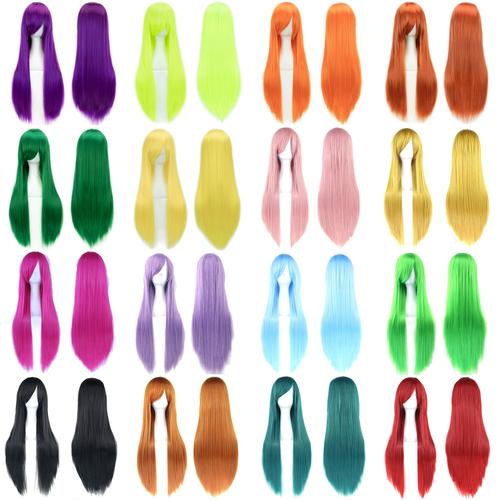
With attention to craftsmanship and comfort, Newladywigs Hair continues to set the standard for premium-quality wigs that let wearers express their individuality effortlessly.
Seasonal Elegance with Newladywigs Hair
This autumn, Newladywigs introduces a diverse lineup of protective and stylish wigs that celebrate texture, color, and personality. Whether your preference leans toward voluminous curls, sleek bobs, or softly layered silhouettes, each style has been curated to transition seamlessly from casual daytime wear to elegant evening looks.
- Curly Wigs add volume and texture, providing a naturally chic appearance that remains comfortable throughout the day.
- Bob Wigs offer timeless sophistication, balancing simplicity with versatility for any occasion.
- Layered Cut Wigs bring dimension and fluidity, giving the hair a dynamic, modern feel ideal for the changing season.
Color options also mirror the tones of autumn: blonde wigs add radiance to neutral wardrobes, grey wigs embody modern sophistication, and ginger hues reflect the warmth of falling leaves. “This collection represents confidence, protection, and creativity,” said Helena Lee, founder of Newladywigs Hair. “Our goal is to help customers embrace the season while maintaining healthy, beautiful hair.”
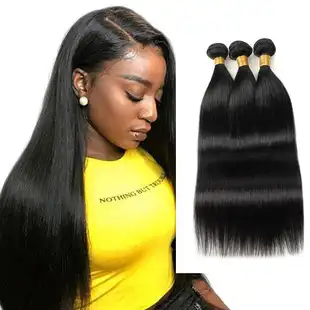
Inspiring Confidence Through Craftsmanship
Stories like that of Heather Cohen, owner of b.LUXE Hair and Makeup Studio, remind us of the emotional impact a well-made wig can have. After losing hair due to rheumatoid arthritis medication, Cohen began designing custom wigs to restore her confidence – and later, to help other women do the same. “When I made my first wig and put it on, my confidence skyrocketed,” she said. “I felt like myself again.”
Cohen now creates bespoke pieces for clients experiencing hair loss, including those undergoing cancer treatment. While high-quality wigs can be costly, she encourages clients to explore insurance options to offset expenses. Her mission aligns closely with Newladywigs’ philosophy – that wigs are not merely accessories, but tools for empowerment and self-expression.
Halloween and Holiday Promotions
To celebrate the season, Newladywigs Hair is hosting a Halloween 2025 promotion with discounts of up to 35% on select glueless wig collections through October 31st. The event features an array of designs ideal for festive celebrations and everyday wear.
Top picks include:
- Fiery Red Glam – a bold red statement wig ideal for dramatic Halloween looks.
- Mystical Violet Elegance – a luxurious purple tone perfect for regal or fantasy-inspired costumes.
- Midnight Black Classic – a sleek bob with bangs that works with both gothic and modern styles.
- Warm Ginger Glow – a rich autumnal hue that radiates warmth and pairs beautifully with earthy attire.
“Our Halloween promotion celebrates creativity and individuality,” said Helena Lee. “We want everyone to experience transformation – not only through costume but through confidence.”
Looking ahead, the brand will launch its Black Friday 2025 campaign, offering its lowest prices of the year on select collections.
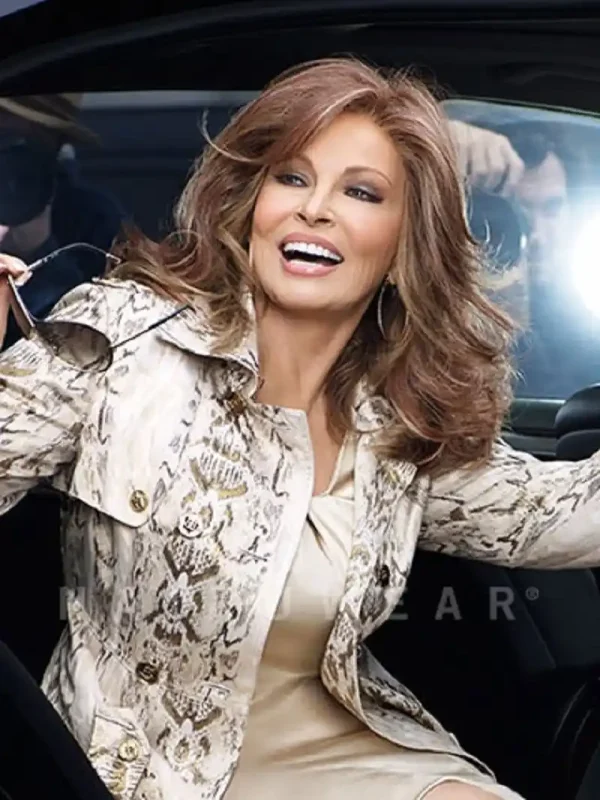
Innovation in the Wig Industry: The Rise of The Renatural
While many beauty categories have evolved rapidly, the wig industry has remained relatively traditional – until now. The Renatural, founded by entrepreneur Aasiyah Abdulsalam, is reshaping the landscape through robotics and advanced materials. Her company manufactures human hair wigs in as little as 45 minutes, using a proprietary polymer hybrid base three times thinner than standard lace fronts, offering a hyper-realistic hairline and natural finish.
Abdulsalam, who began wearing wigs after developing scalp psoriasis as a child, envisions The Renatural as both a technology and beauty brand. “There’s a lot of anxiety around wigs,” she explained. “We want our products to feel like a breath of fresh air – effortless, innovative, and empowering.”
The startup’s debut collection features three signature styles priced between $950 and $1,950, appealing to everyone from casual users to professional performers. Backed by investors like Mark Cuban and Topicals co-founder Olamide Olowe, The Renatural has already attracted more than 40,000 sign-ups ahead of its launch. Its Brooklyn-based production aims to replace manual stitching with efficient, ethical automation.
The Future of Wig Design and Beauty Empowerment
According to Market Research Intellect (2024), the global human hair wigs and extensions market is projected to reach $9.3 billion by 2031, with steady growth fueled by innovation and inclusivity. Both Newladywigs and The Renatural reflect this evolution – one emphasizing artisanal craftsmanship and protective beauty, the other redefining production through cutting-edge technology.

Abdulsalam’s vision for The Renatural’s next chapter includes expanded production capacity, insurance partnerships, and community-building events. “Even if only a few hundred customers start with us, we want each experience to be exceptional,” she said. “Because confidence is contagious – one incredible experience leads to many more.”
As the beauty landscape continues to evolve, brands like Newladywigs and The Renatural demonstrate that wigs are no longer just hair solutions – they are powerful statements of identity, innovation, and self-assurance.

